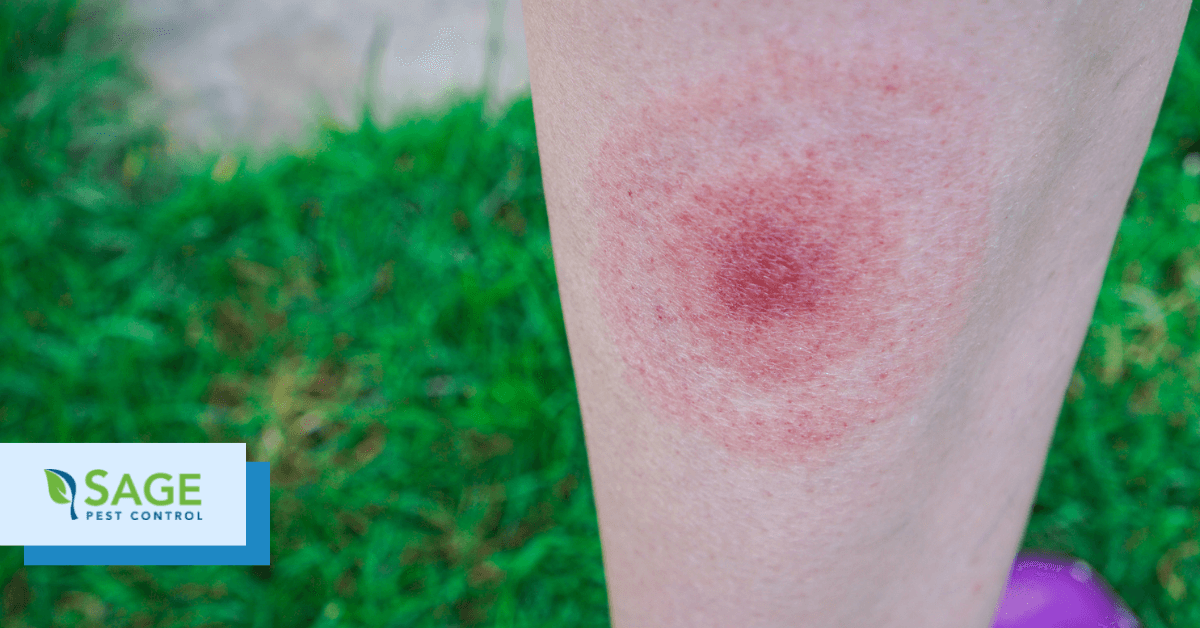Tick bites can be uncomfortable and dangerous, as they can transmit harmful illnesses like Lyme disease. If a tick bites you, it's vitally important to remove the tick safely and treat the bite properly. Below, we will discuss what tick bites look like, how to remove a tick, and how to treat the bite. Stay safe and protect yourself from these pesky pests!
What Tick Bites Look Like
A tick bite usually looks like a small, red lump on the skin. There may be a tiny, dark center, which is the tick itself, latched onto you and feeding on your blood.
Ticks’ mouthparts are so small that you probably won't even feel it when one bites you. However, the skin at the bite site can become a red or discolored bump. For some people, toxins in a tick's saliva will make the bite itch intensively, while other people won't notice the bite until they see the tick attached to them. For this reason, it's essential to perform a tick check after spending time outdoors where ticks may be located.

If the tick that bit you was infected with Lyme disease, it could transmit that disease to you. The sooner you remove the tick, the lower your risk of getting the disease. A Lyme disease rash can appear anywhere from 3 days to a month after the tick bites you. These rashes often resemble a bullseye, with a dark red center, a clear ring around the center, and then a red ring around that. If you suspect you may be at risk for Lyme disease or another tick-borne illness, be sure to seek the help of your healthcare provider.
How To Remove a Tick Safely
If you find a tick on your body, don't panic! Gently remove the tick with a tick removal tool or pair of tweezers that you've sanitized with hydrogen peroxide or rubbing alcohol. Try to avoid touching the tick with your bare hands.
To remove the tick, grasp it as close to your skin as possible and pull upward with a slow, steady motion. Don't jerk or twist the tick, as this could cause its mouthparts to break off and remain in your skin. If this happens, don't worry! Just remove the mouthparts with the tweezers, or if they are buried too deep, leave them in and let your skin heal over them. Lastly, wash your skin with antibacterial soap and water.
What To Do After a Tick Bite
After you've removed the tick, clean the bite site with clean cotton pads or cotton balls soaked with hydrogen peroxide or rubbing alcohol. You can also apply an antibiotic ointment to help prevent infection. Monitor yourself for any unusual symptoms, like fever, headache, or fatigue, which may be signs of a tick-borne illness.
It can be a good idea to keep the tick you removed in a sealed container in case your healthcare provider wants to test it for disease. Be sure to submerge the tick in rubbing alcohol first to make sure that it's dead and won't find its way out.
Do you need ticks removed from your property in Charlotte, Greensboro, or the surrounding areas? Put your trust in our experts at Sage Pest Control: (704) 413-3398.


